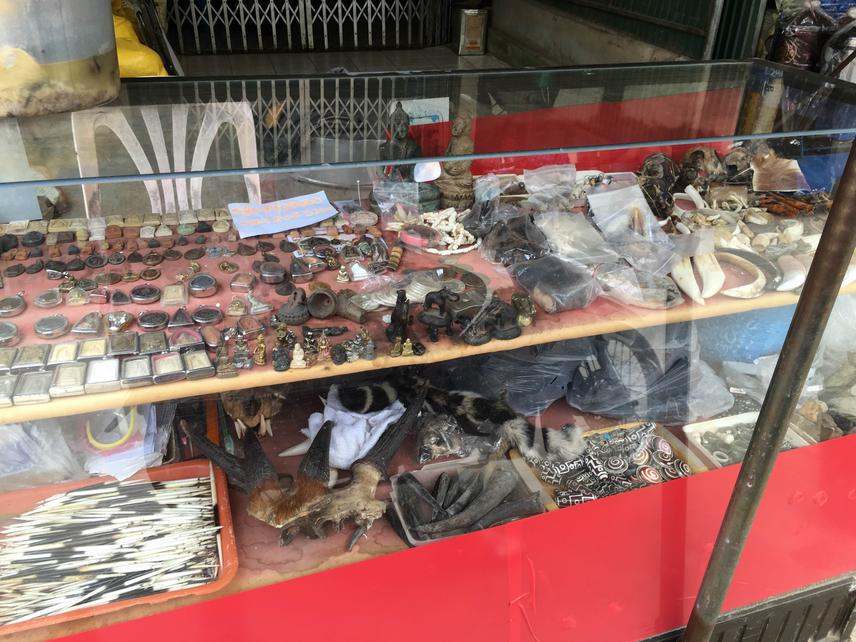Sapai Min
Other projects
24 Oct 2014
Assessment of the Impacts of Wildlife Trade in Relation to Conservation in Mong-La City, East Shan State, Myanmar (China Border City)
16 Dec 2020
Local People-Based Approaches to Investigate and Address Wildlife Trade and Consumption in Tanintharyi Region, the Southern Part of Myanmar
My project aims are to investigate which wildlife species are being traded, to assess the status of protection level of traded species and to investigate trade routes under growing trans-boundary economic trade.

Investigation of Wildlife Trade in Myanmar-Thailand Border cities under Growing Trans-boundary Economic Trade will conduct one year project. Tachilek and Myawaddy will focus as two main study cities on the border with Thailand. Tachilek is located in easten Shan State and forms Myanmar's main border crossing with northern Thailand from the Thai town of MaeSai, which sits directly south on the other side of the small Mae Sai River. Myawaddy is a town in south-eastern Myanmar in Kayin State close to the border with Thailand. Separated from the Thai border town of Mae Sot by the Moei River, the town is most important trading point between Myanmar and Thailand.
Survey will focus on the markets and traditional medicine shops both cities. The area of Myawaddy is closely situated with western forest comples of Thailand in Thai side and Dawna-Taninthayi landscape in Myanmar. And also border cross gates were official open. Therefore, how wildlife trade cross between Myanmar and Thailand is require to understand. Moreover, according to secondary data, Tachilek is one of the key traded areas for Felis species. The research will base on field studies and involve interview with local people and on direct observations. Visits to the both study sites will undertaken once per two months alternately. About one weeks during the course of the survey period.
In order to assess wildlife trade and their status, questionnaires will use. Information relating to identification of the species hunted, trade routes and sources will gather via interview with shopkeeper, villagers, hunters, small-scale dealers, middlemen and other traders. Local informant and direct observation techniques will be used. Species, part of the wildlife, price and trade routes will record.
Finally, official inform to law enforcement agencies for wildlife crime suppression. This investigation will lead to improved enforcement of the law with regard to the illegal trade in wildlife in Myanmar-Thailand border cities.